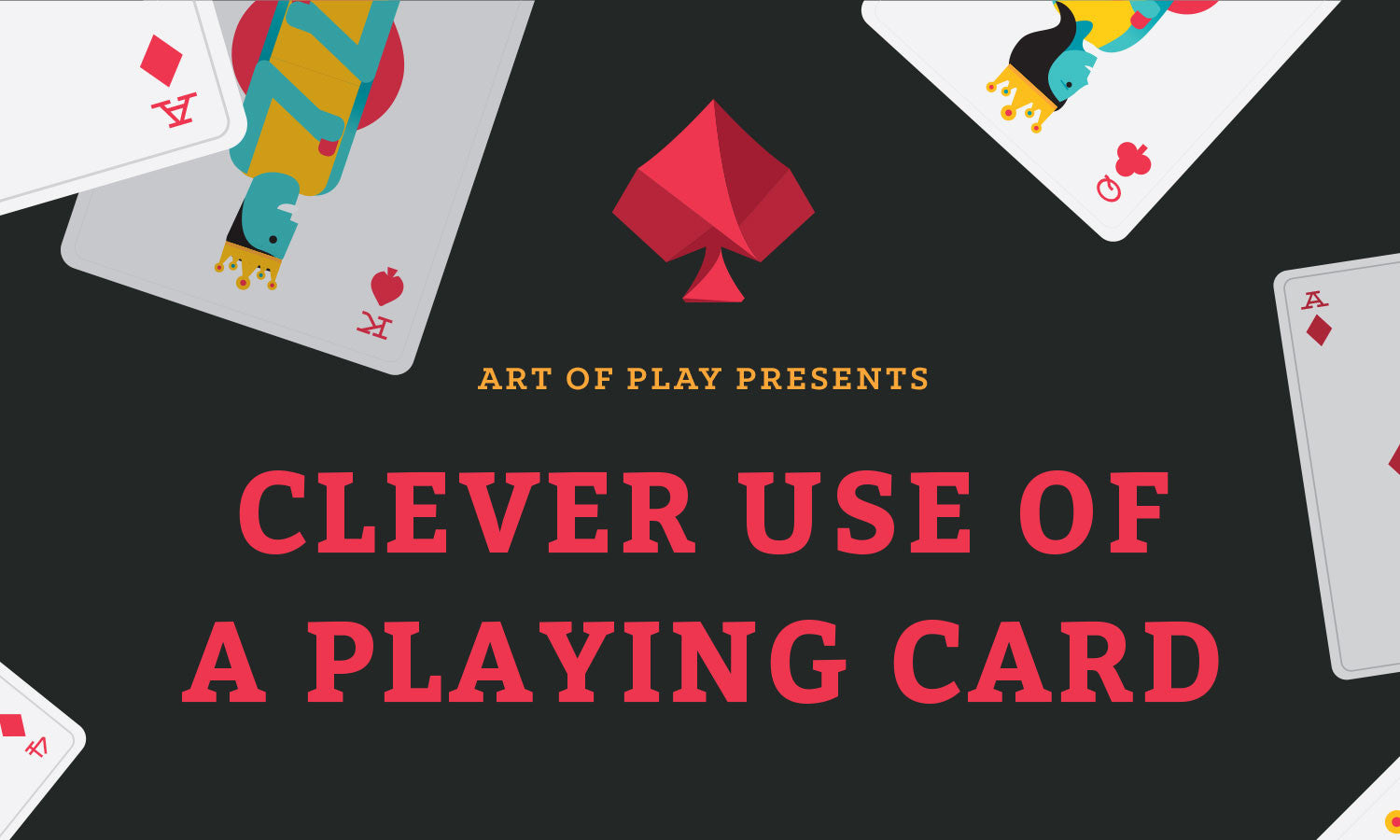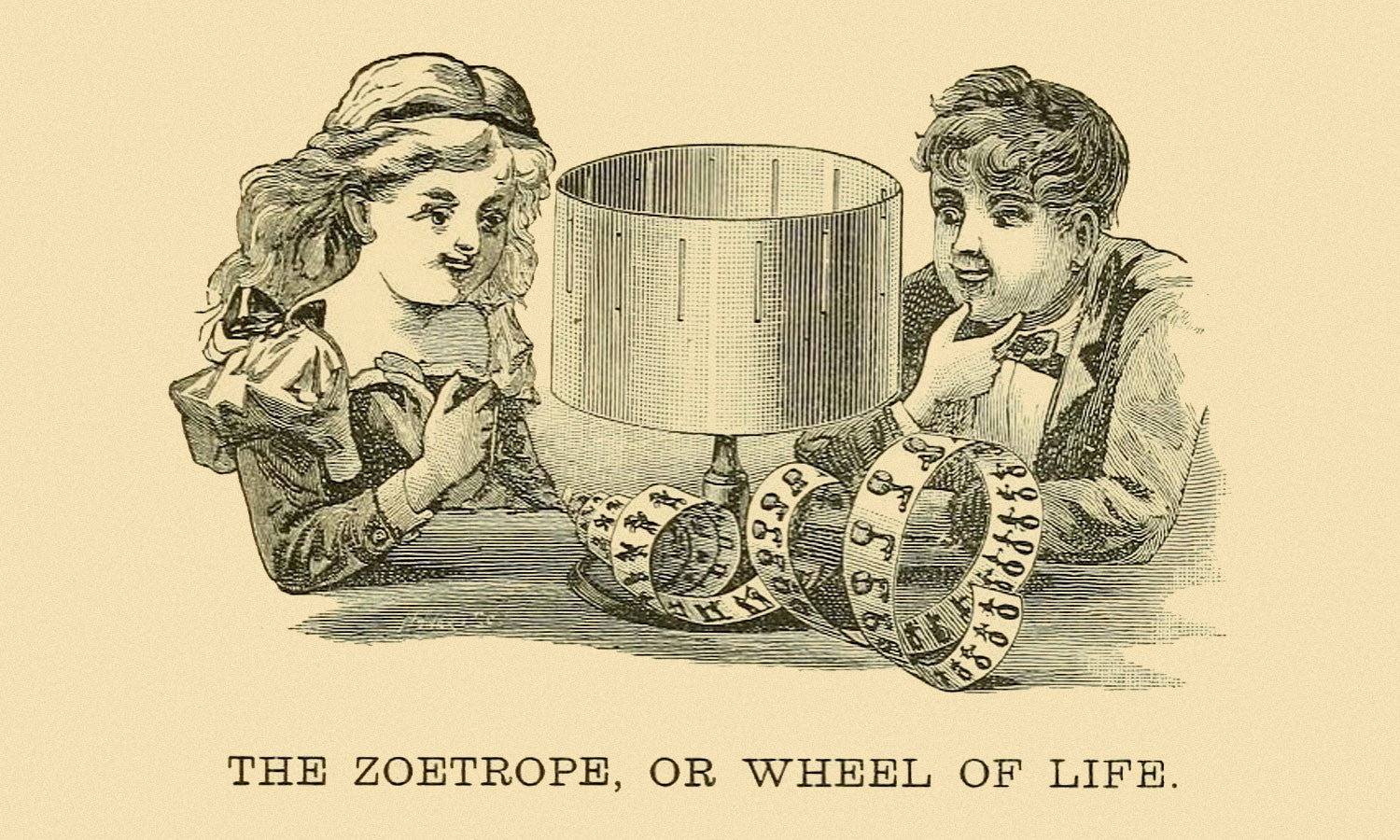The nine dot problem is a classic lateral thinking exercise that gained widespread popularity in the 1970's and 80's. Participants are presented with a set of dots arranged in a 3x3 grid and challenged to connect all nine dots, without lifting their pencil from the paper, using the fewest possible number of straight lines.
Copy the simple diagram below onto a piece of paper and give the puzzle a try for yourself before reading any further.

The solution requires one to "think outside the box" and while some contend that the nine dot problem served as the inspiration for this popular turn of phrase, others point to a cognitive performance test from 1945 known as Duncker's candle problem.
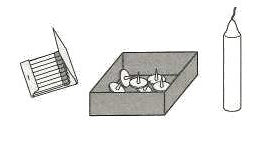
In Duncker's test, participants are presented with a candle, a book of matches and a box full of push pins. The challenge is to affix the candle to the wall in such a way that when the candle is lit, the wax will not drip onto the table... The solution requires the functional use of the box which at first, may seem to be included simply to contain the push pins.

Whether or not the nine dot problem is in fact the original inspiration for the cliched metaphor, the puzzle itself certainly pre-dates the phrase. The first known publication was in Sam Loyd's classic Cyclopedia of Puzzles, 1914.

Though, in a 1959 compendium of Sam Loyd's work, Martin Gardner described this particular puzzle as a "classic geometrical challenge" so the nine dots likely predate Loyd's eggs. The enduring aspect of the puzzle is that it highlights the way our minds tend to impose unnecessary limitations upon methods of attacking problems. For those unfamiliar, the most popular solution to the puzzle is depicted below.
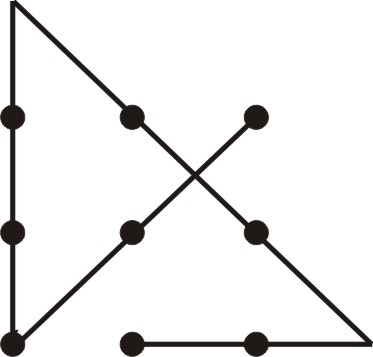
Clearly, this solution requires one to "think outside" the "box" that is formed by the nine dots but if we are to fully embrace the idea of "outside the box" thinking, why stop there? Here's a way to solve the puzzle using only three straight lines.
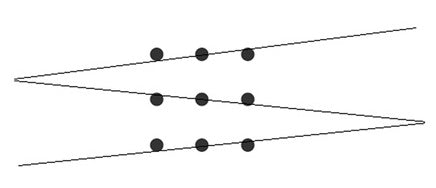
This solution is even further "outside the box" than the first. But what if the box is not the square described by the nine dots but rather, the piece of paper the puzzle is printed on? If we think outside of THAT box, it is possible to solve the puzzle using only one straight line.

Even without manipulating the paper, there is still another way to solve the puzzle using only one straight line.

Of course, the line is so long that it circles the earth twice but it is straight nonetheless and solves the puzzle successfully. So perhaps the greatest lesson of the nine dot problem is not to "think outside the box" but rather, that when it comes to truly creative problem solving, there is no box.



